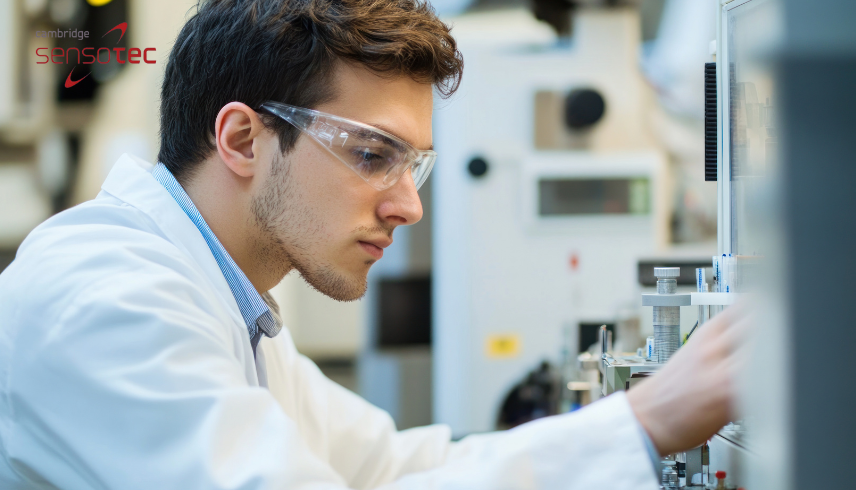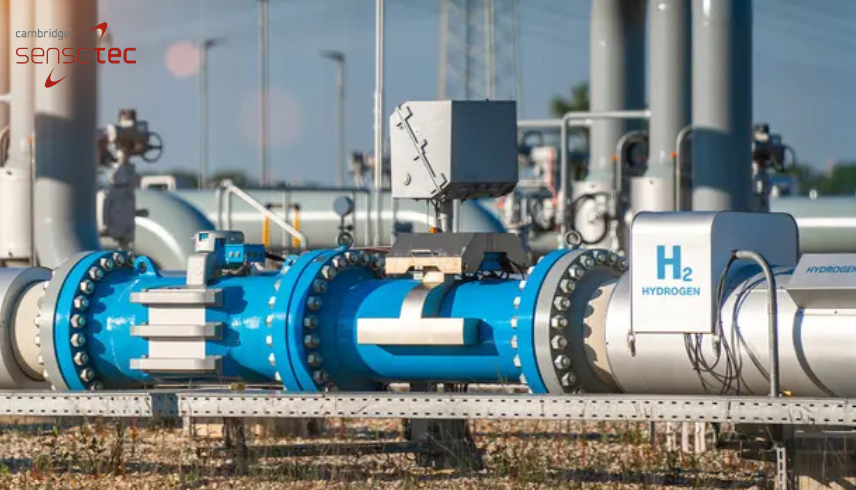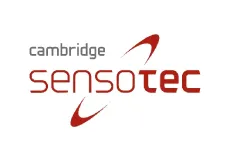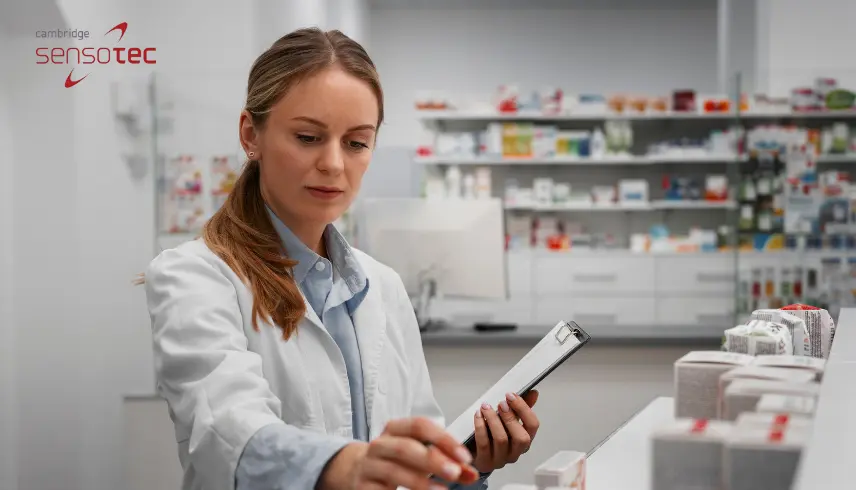

Ensuring Safety with Advanced Hydrogen Gas Measurement Techniques
Hydrogen is playing an increasingly important role in the energy and industrial sectors, thanks to its potential as a clean energy source and its use in various manufacturing processes. However, hydrogen’s unique properties—especially its flammability and ability to leak easily—make accurate hydrogen gas measurement crucial for ensuring safety in any environment where it is used. In this blog, we will explore the importance of hydrogen gas measurement, the advanced techniques available for monitoring it, and how Cambridge Sensotec’s solutions can help industries maintain safe and efficient operations.
The Importance of Hydrogen Gas Measurement
Hydrogen is colourless, odourless, and has an extremely low molecular weight, which allows it to leak easily and accumulate undetected in confined spaces. Additionally, it is highly flammable, with a wide range of explosive concentrations in air (between 4% and 75% by volume). These characteristics make it essential to accurately monitor hydrogen levels in any environment where the gas is stored or used.
Key Reasons for Hydrogen Gas Measurement:
- Preventing Explosions: Accumulated hydrogen in enclosed spaces can create an explosion hazard. Regular monitoring ensures that hydrogen levels remain below dangerous concentrations.
- Ensuring Process Efficiency: In applications such as fuel cells, maintaining the right hydrogen concentration is vital for efficiency. Accurate measurement prevents waste and optimises performance.
- Complying with Regulations: Industries that use hydrogen must comply with safety regulations regarding gas monitoring. Implementing reliable hydrogen gas measurement systems ensures regulatory compliance and helps avoid penalties.
Advanced Techniques for Hydrogen Gas Measurement
To ensure safety and efficiency, there are several advanced techniques used for hydrogen gas measurement. Each method has its strengths, and the choice of technique often depends on the specific industrial application.
1. Electrochemical Sensors
Electrochemical sensors are commonly used for hydrogen gas measurement due to their high accuracy and sensitivity. These sensors operate by oxidising hydrogen at an electrode, generating an electric current that is proportional to the concentration of the gas.
Benefits of Electrochemical Sensors:
- High Sensitivity: Capable of detecting low concentrations of hydrogen.
- Compact and Portable: Suitable for handheld or portable gas detectors, making them ideal for field inspections.
- Cost-Effective: A reliable and economical solution for continuous hydrogen monitoring.
2. Catalytic Combustion Sensors
Catalytic combustion sensors are used for detecting flammable gases like hydrogen. These sensors work by oxidising hydrogen on a catalytic surface, generating heat that changes the sensor’s resistance. The change in resistance correlates with the gas concentration.
Benefits of Catalytic Combustion Sensors:
- Fast Response: Provides quick detection of hydrogen leaks, ideal for emergency situations.
- Durable: Reliable in harsh industrial environments.
- Wide Range Detection: Can measure both low and high concentrations of hydrogen gas.
3. Thermal Conductivity Detectors (TCDs)
Thermal conductivity detectors are widely used in industrial applications for measuring hydrogen gas. These sensors detect hydrogen based on its thermal conductivity, which is much higher than that of other gases. The detector compares the thermal conductivity of the sample gas to a reference gas, allowing it to determine the concentration of hydrogen.
Benefits of Thermal Conductivity Detectors:
- Highly Accurate: Excellent for precise hydrogen gas measurement in a range of applications.
- Non-Destructive: Allows for continuous monitoring without consuming the gas sample.
- Versatile: Suitable for various industrial uses, including gas chromatography and process monitoring.
4. Infrared Sensors (IR)
Infrared sensors are sometimes used for hydrogen measurement, particularly in specialised applications. While hydrogen does not absorb infrared light directly, these sensors can be used in conjunction with other gases that react with hydrogen.
Benefits of Infrared Sensors:
- Continuous Monitoring: Ideal for ongoing measurement in controlled environments.
- Selective Measurement: Can be combined with other detection technologies to improve accuracy in mixed gas environments.
Cambridge Sensotec’s Hydrogen Gas Measurement Solutions
At Cambridge Sensotec, we specialise in advanced gas analysis solutions that provide accurate and reliable hydrogen gas measurement. Our Rapidox gas analysers are equipped with state-of-the-art sensors to ensure precise monitoring of hydrogen levels, helping industries maintain safe environments and efficient operations.
Key Features of Cambridge Sensotec’s Hydrogen Gas Analysers:
- High Accuracy: Our analysers provide precise, real-time measurements of hydrogen concentrations, ensuring early detection of any issues.
- Real-Time Monitoring: Continuous monitoring helps prevent dangerous hydrogen build-up and supports process optimisation.
- User-Friendly Design: Our gas analysers feature intuitive interfaces, making them easy to operate in both laboratory and industrial settings.
- Customisable Solutions: We offer tailored solutions to meet the unique needs of different industries, from energy production to manufacturing.
How Hydrogen Gas Measurement Ensures Safety
Implementing hydrogen gas measurement techniques is critical to ensuring the safety of operations in any industry that handles hydrogen. Here’s how it helps:
1. Early Detection of Leaks
Hydrogen leaks can be challenging to detect without proper monitoring systems in place. Gas analysers equipped with advanced sensors allow for the early detection of hydrogen leaks, enabling quick response and preventing potentially hazardous situations.
2. Maintaining Safe Concentrations
Regular monitoring ensures that hydrogen concentrations remain within safe limits, preventing the formation of explosive mixtures. Continuous hydrogen gas measurement keeps environments safe for workers and protects equipment from damage.
3. Compliance with Safety Standards
Industries that use hydrogen must adhere to strict safety regulations. Installing gas analysers that provide continuous, accurate hydrogen measurement ensures compliance with industry standards and regulatory requirements, reducing the risk of non-compliance penalties.
Conclusion
Accurate hydrogen gas measurement is essential for maintaining safe environments in industries where hydrogen is used or stored. By utilising advanced techniques such as electrochemical sensors, catalytic combustion sensors, and thermal conductivity detectors, industries can effectively monitor hydrogen levels and prevent potential hazards. Cambridge Sensotec offers reliable gas analysis solutions designed to help businesses achieve safety, efficiency, and regulatory compliance.
Visit our website or contact us to learn more about our solutions and how we can help you maintain safe and efficient operations.


